Employers and supervisors perform a critical function in helping employees who struggle with SAD. The best ways you can help are by educating yourself about SAD and by letting your employees know of the resources available to them if they are experiencing mental health issues. Simply having the awareness that depressive symptoms will be more common among your employees during the fall/winter can help you spot those who are struggling.
Since your employees may not necessarily come to you if they are having mental health issues, it’s important to make information and resources available to your entire team. This way, those who need it will have access to it.
Here are three ways you can educate and support your team7:
- Post educational material about SAD on bulletin boards and throughout job sites. Download this poster to start.
- Email newsletters with links to information (such as this) to your team. You can also include links to relevant webinars such as this one.
- Host a mental health break during which you go over SAD together. Here’s a PowerPoint presentation you can use to guide the session.
- Point them to their EAP, so they can search relevant articles such as Is It Winter Blues or SAD?, SAD in children and adults, and How to Enjoy the Long Pandemic Winter. They can connect with counsellors for support on the same platform.
- Create a team for our annual winter Walking Challenge and encourage your employees to join in. It’s a great way to work on your well-being together – plus you may win some Starbucks gift cards!
It is highly common for males to avoid help-seeking behaviours, so if the majority of your employees are men, you should expect that those struggling with SAD may not necessarily come to you. Avoidance of help-seeking behaviour can also occur amongst females and is often a part of the struggle with mental illness. That’s why talking about SAD actively can help create a culture of openness and may increase the likelihood of employees getting help when needed.
You are in a position of influence when it comes to supporting employees with SAD. With the right resources and interventions, your employees can recover, return to work, and enjoy improved health.






